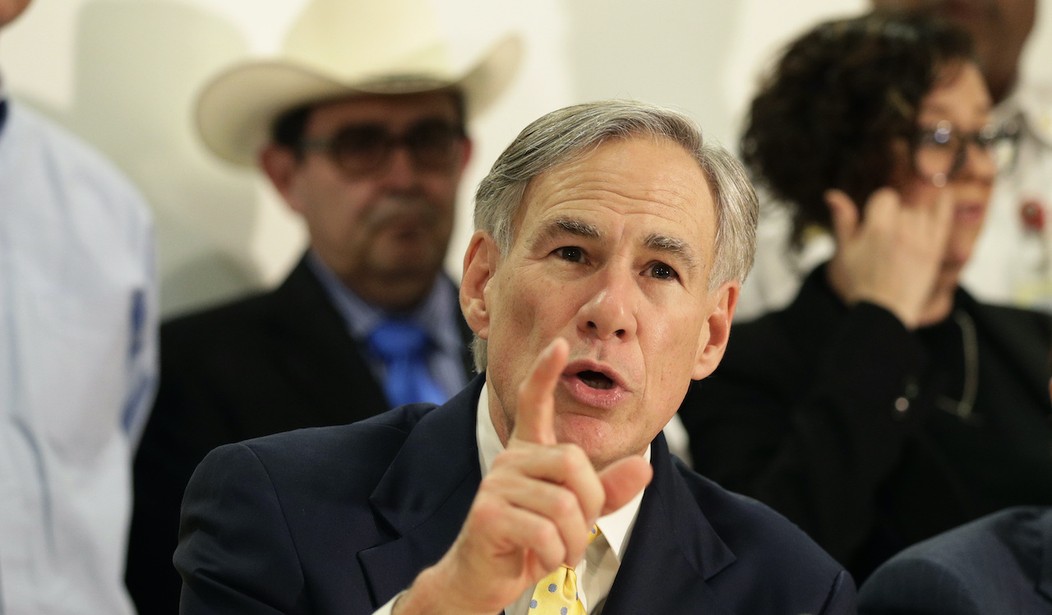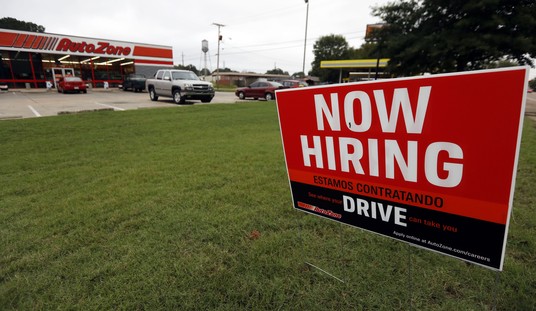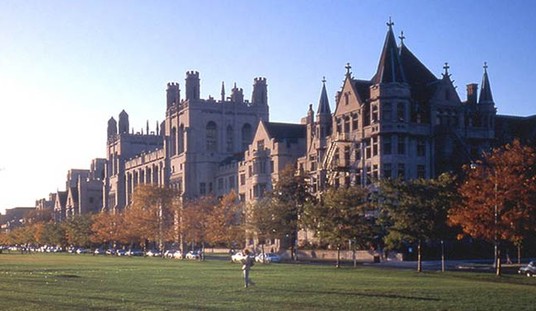Via Reason’s Elizabeth Nolan Brown. We already knew that the effect of mandates was negligible at best from the fact that Texas ditched its mask mandate in mid-March and has seen cases drop steadily ever since. At best, any upward pressure on the number of infections from ending mask requirements can be counteracted and even overwhelmed by downward pressure from factors like a “seasonal effect” on the virus as the weather warms in spring.
At worst, there’s no pressure on case counts from mask mandates at all. People are going to wear or not wear masks based on their own personal risk assessment, irrespective of what the government says.
A more intriguing possibility raised by this study (which hasn’t yet been peer-reviewed) is that mask-wearing itself does little to affect transmission, period.
Our main finding is that mask mandates and use are not associated with lower SARS-CoV-2 spread among US states. 80% of US states mandated masks during the COVID-19 pandemic. Mandates induced greater mask compliance but did not predict lower growth rates when community spread was low (minima) or high (maxima). We infer that mandates likely did not affect COVID-19 case growth, as growth rates were similar on all days between actual or modeled issuance dates and 6 March 2021. Higher mask use (rather than mandates per se) has been argued to decrease COVID-19 growth rates…. Higher mask use did not predict lower maximum growth rates, smaller surges, or less Fall-Winter growth among continental states. Mask-growth rate correlation was only evident at minima. This may be an artifact of faster growth at fewer normalized cases, as well as regional differences in case prevalence early in the pandemic. States in the high mask quintile grew at similar rates as states in the low mask quintile after maxima (when interstate total case differences were smaller than before minima).
In other words, mask-wearing seemed to slow the growth of COVID only when transmission rates were low. During surges, when transmissions were high, it didn’t matter. And mask mandates didn’t matter at any point, whether transmission was high or low. Brown raises an interesting possibility from those findings. Maybe most transmission is happening within families — at home. One person picks it up while in a public place and then seeds an outbreak around the dinner table with their spouse and kids that evening. If that’s true then go figure that masks don’t prevent infection. The bulk of infections is happening when they’re not being worn.
The CDC insists that wearing masks does limit transmission, though, and cites many studies on this page to support that:
At least ten studies have confirmed the benefit of universal masking in community level analyses: in a unified hospital system, a German city, two U.S. states, a panel of 15 U.S. states and Washington, D.C., as well as both Canada and the U.S. nationally. Each analysis demonstrated that, following directives from organizational and political leadership for universal masking, new infections fell significantly. Two of these studies and an additional analysis of data from 200 countries that included the U.S. also demonstrated reductions in mortality. Another 10-site study showed reductions in hospitalization growth rates following mask mandate implementation. A separate series of cross-sectional surveys in the U.S. suggested that a 10% increase in self-reported mask wearing tripled the likelihood of stopping community transmission. An economic analysis using U.S. data found that, given these effects, increasing universal masking by 15% could prevent the need for lockdowns and reduce associated losses of up to $1 trillion or about 5% of gross domestic product.
Follow the last link and scroll through for a table compiling the studies, and note the detail about reductions in hospitalizations and mortality. Masks may not reduce infections but if they prevent people from inhaling higher viral loads, that may be the difference between life and death. Meanwhile, another study published by the CDC in March found that “Mandating masks was associated with a decrease in daily COVID-19 case and death growth rates within 20 days of implementation.” Making scientific sense of these seemingly conflicting results is above my pay grade, but it may be that masking on the “micro” level helps whereas masking on a “macro” level adds nothing. Having a small, poorly ventilated restaurant require that patrons wear masks while inside may limit infection in a potential transmission “hot spot.” But having the state require masks everywhere, like public parks where transmission isn’t happening anyway, is superfluous. No wonder statewide mandates don’t work.
Last week Derek Thompson considered why Texas hasn’t seen a surge of cases after ditching its mask mandate. He arrived at the same conclusion that many others have embraced, that most people will mask up in high-risk situations whether they’re required to or not, in which case state policy isn’t adding anything.
Across the country, in fact, people’s pandemic behavior appears to be disconnected from local policy, which complicates any effort to know which COVID-19 policies actually work.
In November, for instance, a team of economists using private data to survey all 50 states concluded that state-ordered shutdowns and reopenings had only “small impacts on spending and employment.” Colorado and New Mexico both issued stay-at-home orders at the end of March 2020. Colorado partially reopened that May, several weeks before New Mexico, but this divergence resulted in no measurable difference between their economic recoveries. “Spending evolved nearly identically in these two states,” the economists wrote. Another paper focused on the Illinois-Iowa state line. Last spring, Illinois towns issued stay-at-home orders, while Iowa towns a few miles away did not. The decline in economic activity was just about the same on both sides of the border.
It’s not just mask mandates that don’t seem to matter, in other words, it’s all types of pandemic policies. Although, again, the data is mixed. The new study today showing no effect on transmissions from mask mandates did note that “Average Fall-Winter mask use was ~10% higher in early mandate states than in late and no mandate states, confirming that mandates promote greater mask use.” People do mask up more when the governor tells them to, it seems. It’s just that they may be masking up in places like the beach where they weren’t going to get infected anyway, which is why higher mask rates don’t necessarily lead to lower COVID rates.







Join the conversation as a VIP Member